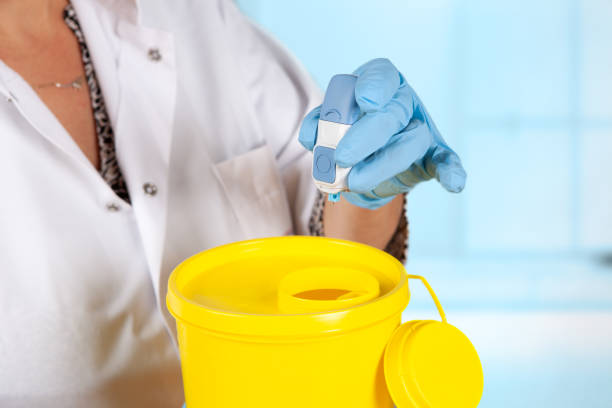
Explain the basis of disposing medical waste
Any institution that generates medical waste has an obligation to be aware of every step of the process, from generation to disposal. Will it end up in a landfill? Does it catch fire? Various solutions for healthcare waste management and treatment may be available depending on state, county, and local municipal restrictions. Compliance is essential to lowering the chance of facing fines and penalties that can quickly reach tens of thousands of dollars per day, per violation.
Again, depending on size (both big and small medical waste producers), as well as location, a range of medical waste treatment procedures may be available for a variety of healthcare institutions. In comparison to a tattoo parlour or a dentist office, a major hospital may provide more possibilities for the disposal of hazardous waste. The facility owner is responsible for being aware of federal and state laws governing the processing, packing, labelling, and disposal of medical waste tratamiento residuos sanitarios.
Common techniques for treating medical waste
The following are the main approaches of treating and discarding medical waste (in no particular order based on preference or precedent; the list is merely alphabetical):
- Autoclave
- Chemical disinfection
- Incineration
- Irradiation
- Microwave

Always consult your state’s code of administration or state government administration codes in addition to federal rules when it comes to particular federal or state laws. Yes, it might be confusing, but it’s nevertheless vital.
Not all facilities use the same procedures for disposing of medical waste.
Always check with state authorities before assuming anything since a large-quantity waste generator can have more possibilities than a small-quantity waste generator. Additionally, several governmental agencies offer guidance for the handling and disposal of healthcare waste.
When it comes to biohazardous and sharps waste, several medical waste treatment methods are available for small quantity generators:
- On-site autoclave steam sterilisation is a procedure that has to be registered with yearly inspectors. Chemotherapeutic, pharmaceutical, or pathologic pollutants in water waste cannot be treated using this procedure.
- Sterilization, chemical, or thermal disinfection on-site, or alternative technological treatment. The majority of technologies, according their government paper, “are inappropriate for the small quantity generator,” it should be highlighted.
- To transport medical waste to an off-site medical waste treatment facility, removal by a licenced and registered medical waste carrier must be authorised.
Treatment strategies
n is burned under regulated conditions in an incinerator that is specifically built for that purpose. The size of the facility, the amount of trash generated, and local legislation regulating restrictions determine the size of the incinerator and whether that medical waste disposal is handled on-site or off-site. Sharps or other treated medical waste that has undergone autoclaving is then collected for non-infectious trash disposal by a medical waste collection business. However, some pollutants, such as chemical and pharmaceutical wastes, cannot be decontaminated in an autoclave.


